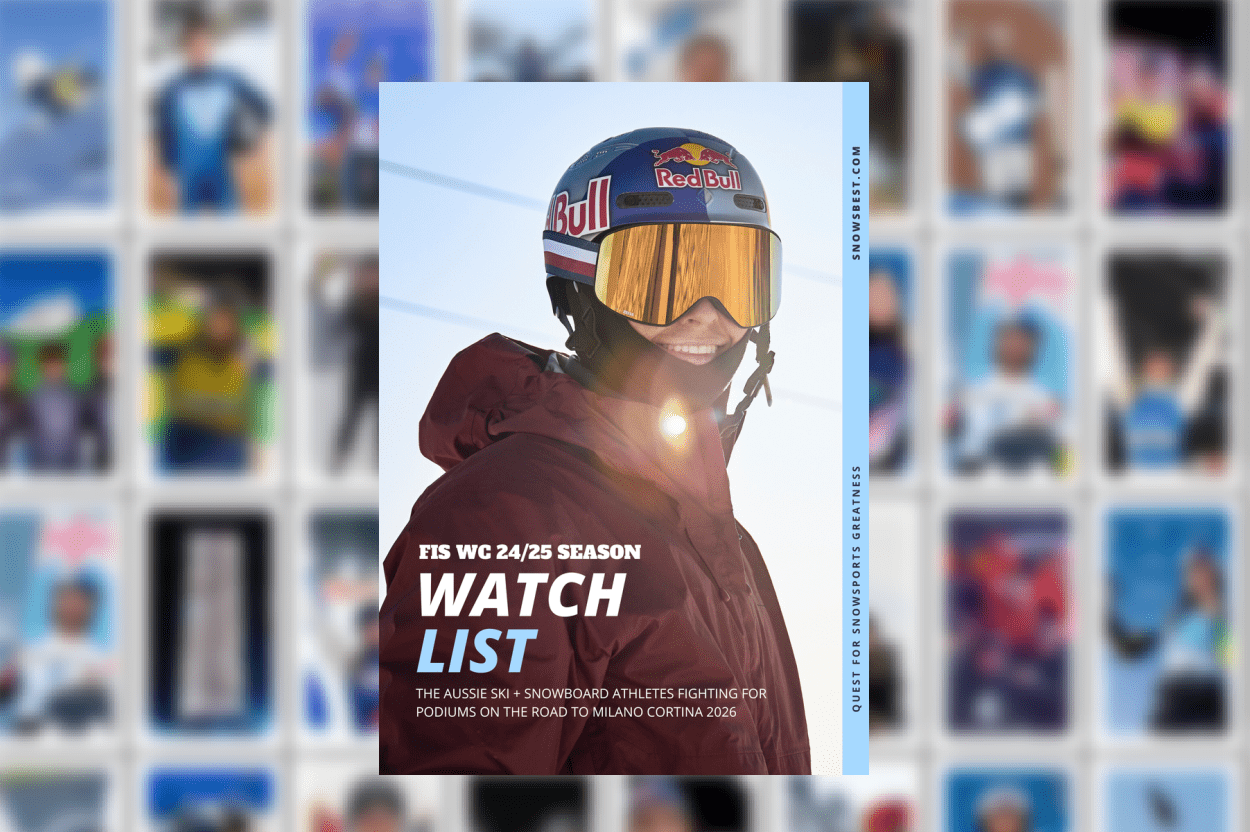With major snow comes avalanche danger. Yes, even in Australia.
The beginning of last week’s big storm saw avalanche activity inbounds at Hotham and this week a size 3 avalanche was triggered in the backcountry at Etheridge Ridge near Thredbo, burying a snowboarder who thankfully survived.
It’s not the first season this has happened either. Two years ago a large slab avalanche was triggered just outside the resort boundary at Hotham. And yet Australians still think it won’t happen to them.
This season, two of the world’s best big mountain skiers, Cody Townsend and Elyse Saugstad, in Thredbo with their Aussie sponsors, le bent, during last week’s huge storm, felt compelled to post warnings on their Instagram stories to complacent Australians hitting the “side country” with no gear and no idea.
We know avalanches happen in Australia. Yet this laissez faire “she’ll be right mate” attitude that the world (and Hollywood) is charmed by will only lead to your death, and potentially others, if you take it into the backcountry.
The avalanche on Etheridge Ridge wasn’t the only one flooding the social feeds this week, either. A slide at Leather Barrel Creek was remotely triggered and could easily have taken lives.
“We suspect there is a persistent weak layer buried under the new snow of the last storm cycle and this weak layer may last for some time” says Dave Herring at Alpine Access Australia of this current activity.
“Unfortunately Australia has no official avalanche forecasting service, unlike New Zealand, North America and Europe. Our best option in Australia is for everyone to share their observations and experiences for the benefit of others.”
You can find this information on the Mountain Sports Collective site and social. The volunteer organisation is the closest to an official avalanche advisory we have in Australia as they do put out bulletins and warnings. They also list the avalanche training providers in Australia so you can get “shreducated.”
Herring advises checking Mountain Sports Collective as well as joining The Australian Backcountry Facebook group and checking Bill Barker’s backcountry report on the Hotham website.
“Our advice for anyone venturing out this week is to stick to low angle terrain, and exercise extreme caution on lee slopes over 30 degrees, particularly on solar-affected aspects” says Herring.
“We also advise that people do not travel alone, that they have avalanche equipment (beacon, shovel, probe) with them and know how to use it.”
SnowSafe have together with the Australian Ski Patrol Association and Australian Ski Areas Association, created an alpine safety information site with valuable tips for those venturing into the mountains. The site has Trip Intention Forms you can fill out to alert others of your travel plans.
Doug Chatten runs Snowy Mountains Backcountry guided tours out of Perisher and he posts regular live reports from the backcountry on his Facebook page.
“The amount of snow fallen shouldn’t keep you out of the backcountry but you need to be making smarter choices and alter your journey according to recent conditions” says Chatten.
“Your route selection considerations should be; sticking to lower angle slopes, staying away from cornices, staying off leeward slopes, avoiding terrain traps (terrain shapes where you have no escape from an avalanche). Choose wider open valleys, ridge tops, more heavily treed areas and use your observational skills to avoid elevations, slope angle and aspect of any instability that you are seeing.
Consider postponement of a trip after assessing visibilty, blizzard conditions, unusually high winds, icy surface conditions, hypothermic conditions and weaknesses in your equipment and group.”
If Chatten’s advice sounds like Chinese to you then you don’t know or understand backcountry terrain. So if you are just in search of powder then go with a qualified guide who can make risk aversion choices and find the safer terrain for you and your party. But whatever you do don’t follow what Chatten calls “the keener” – the mate who has no regard or respect for the mountain and takes his/her life (and yours) into his own hands.
“Get educated or travel with a guided group” advises Chatten. “It is healthy to question and if you are shouted down for doing so you should choose to leave that group! Don’t forget about the skills to deal with the more likely occurring hazards such as whiteouts, steep icy surfaces, snow bridge crossings, cornices.
Whilst a beacon, probe & shovel (and the skills to use them) is a part of your equipment selection it is essential that you aim to acquire all of the skills and equipment required to travel safely through the mountains.”







































